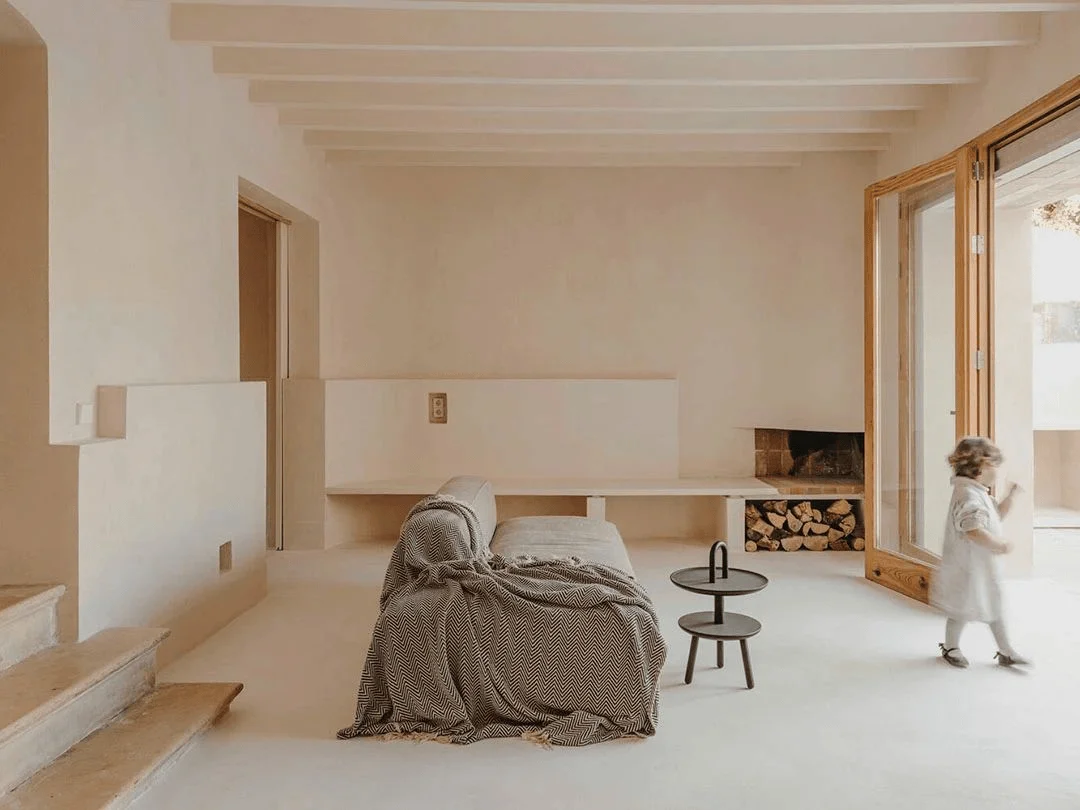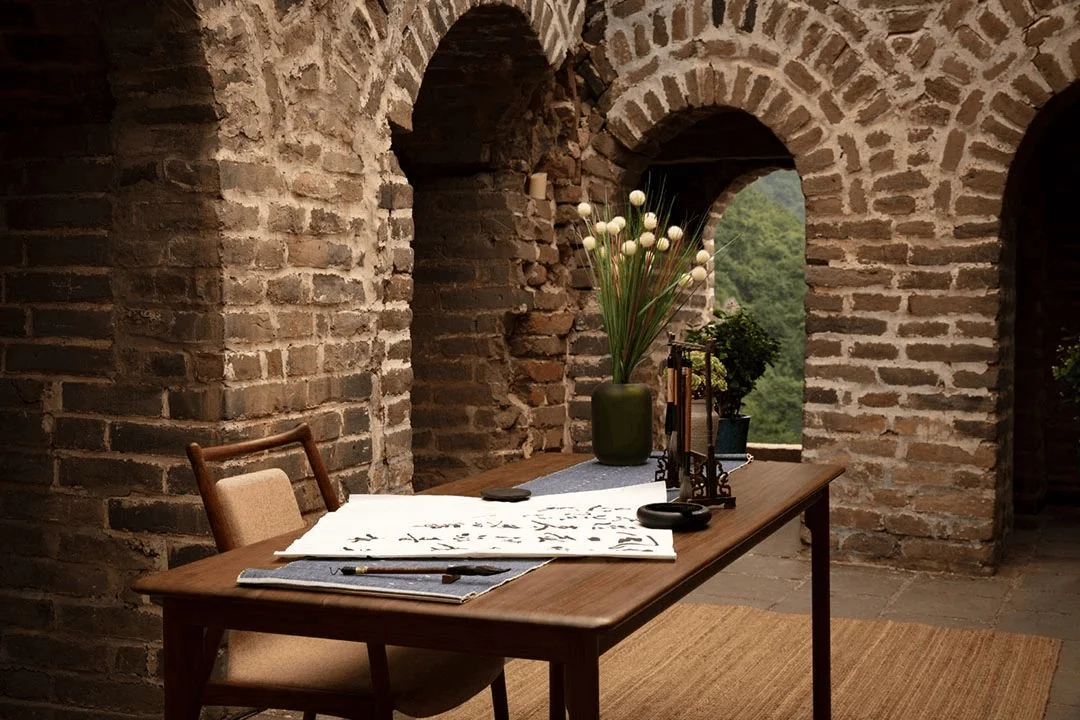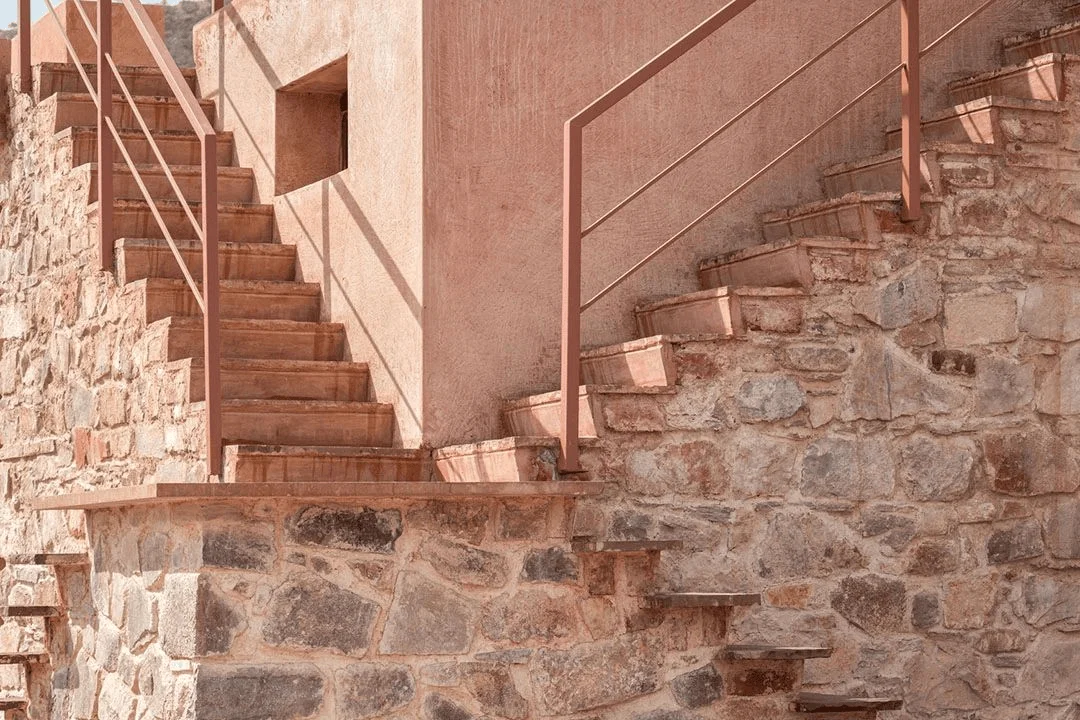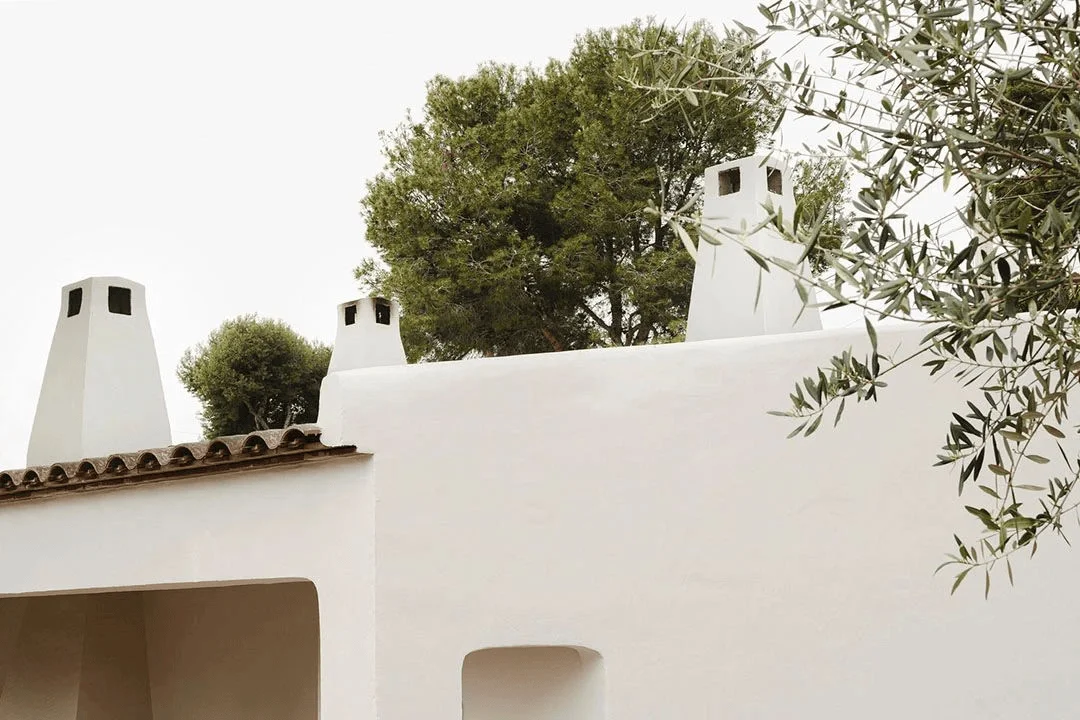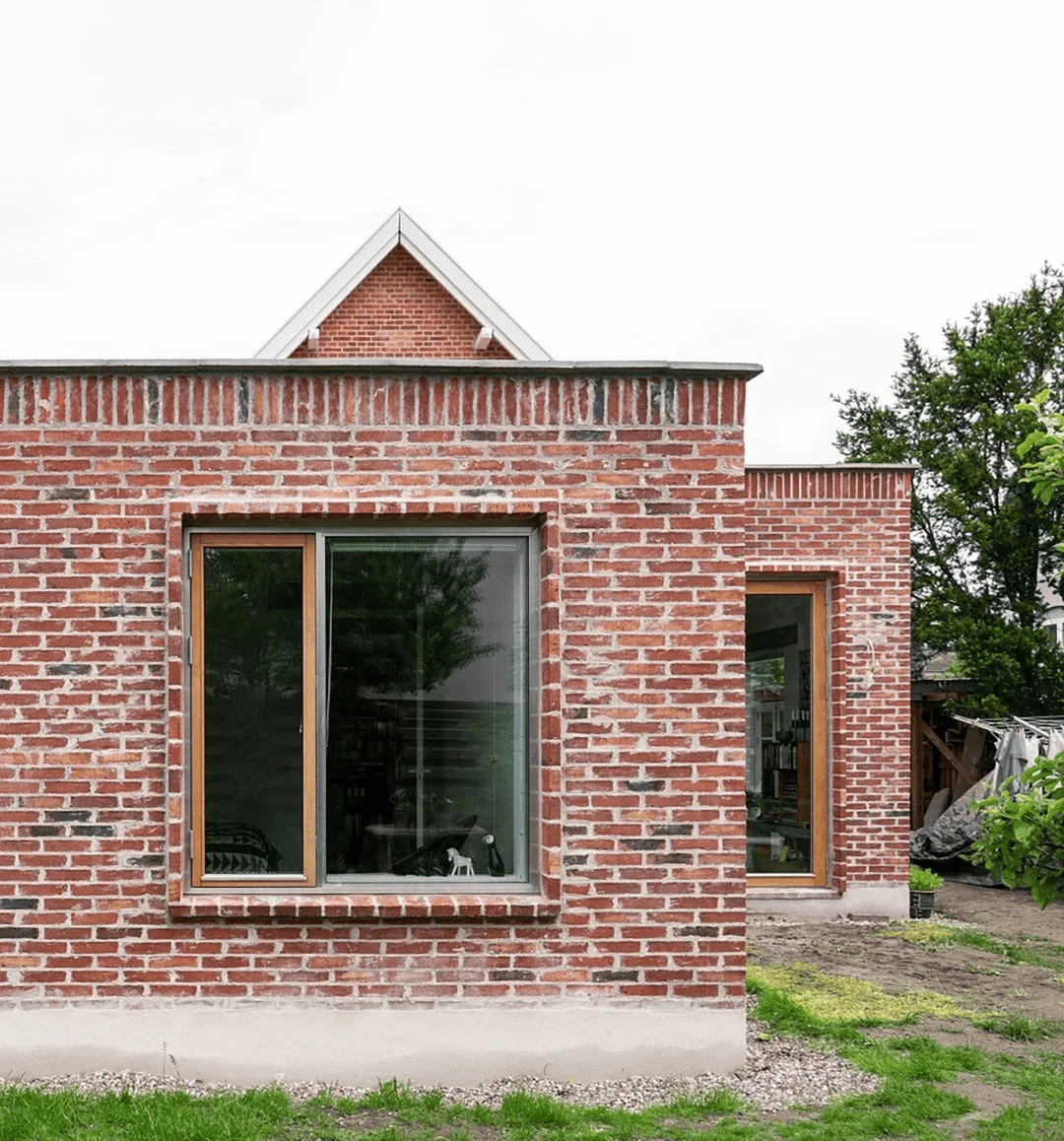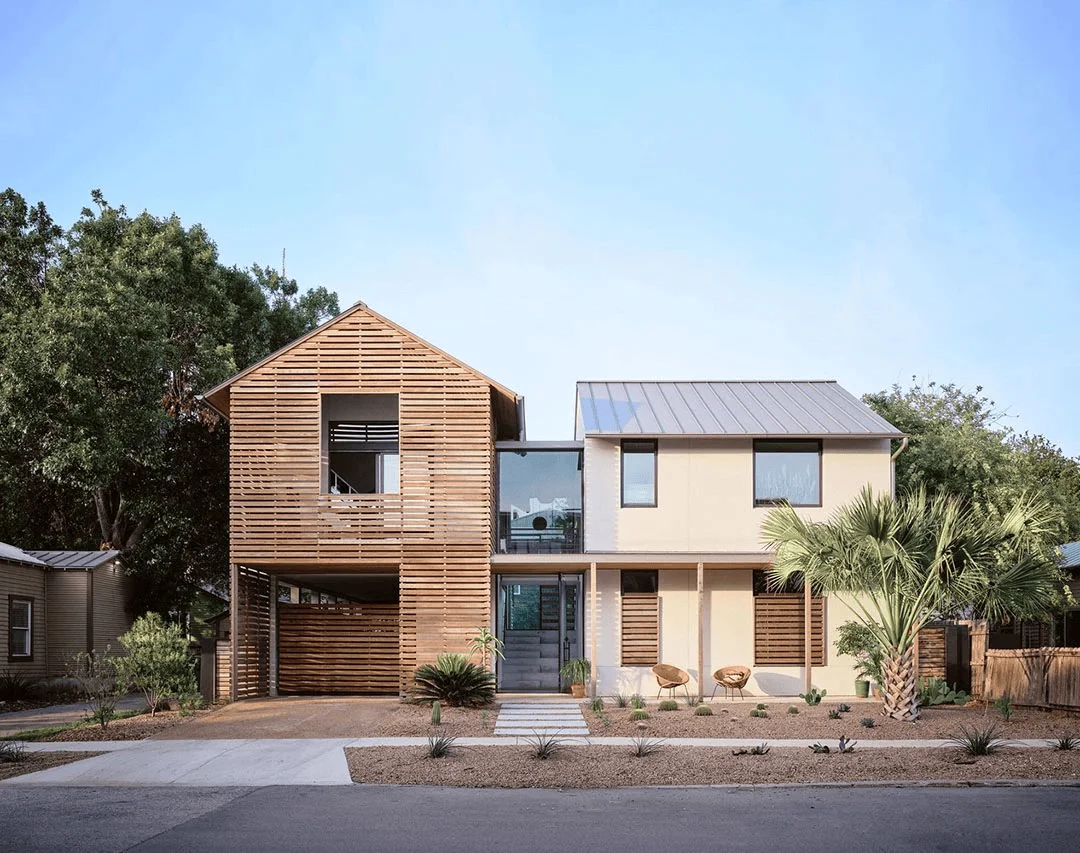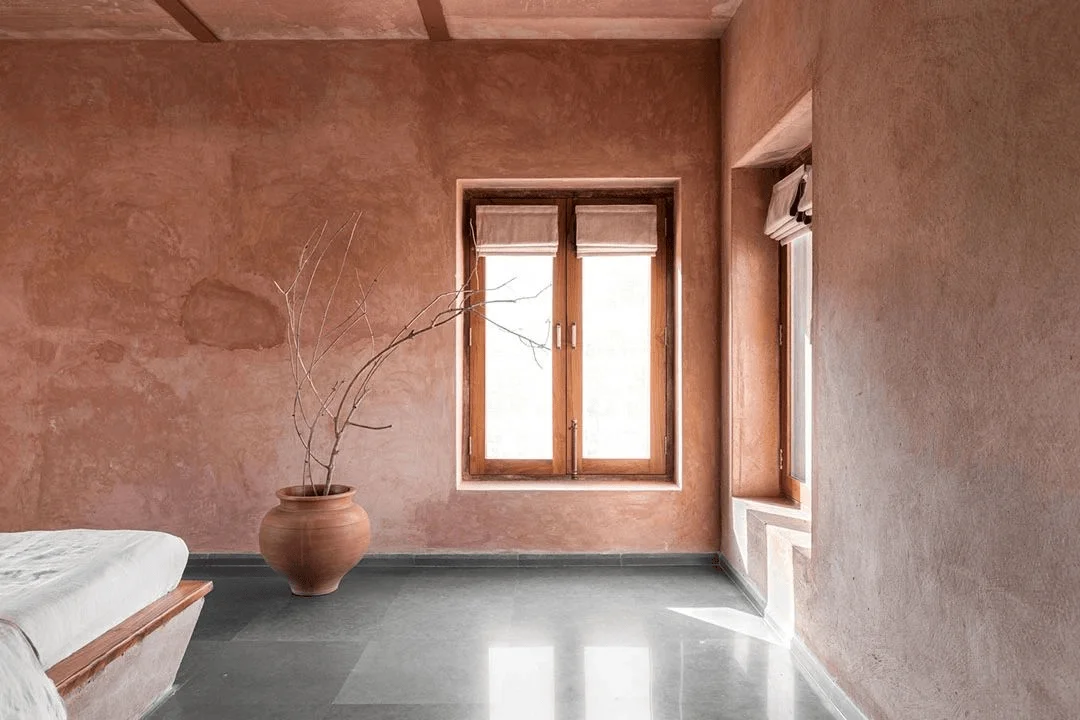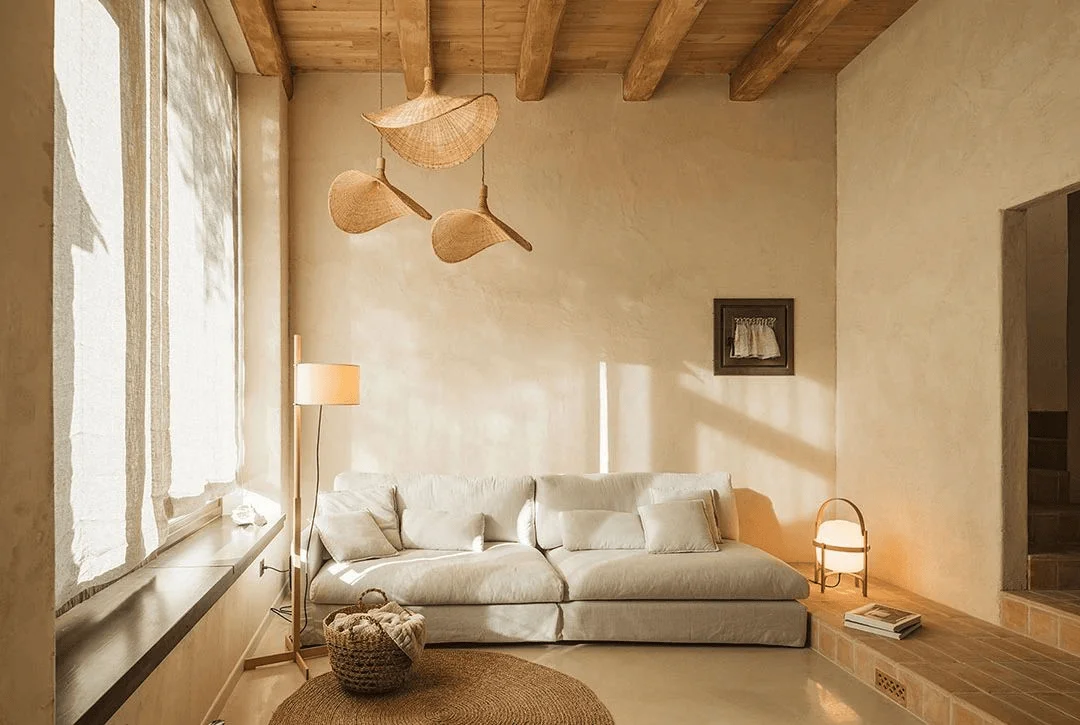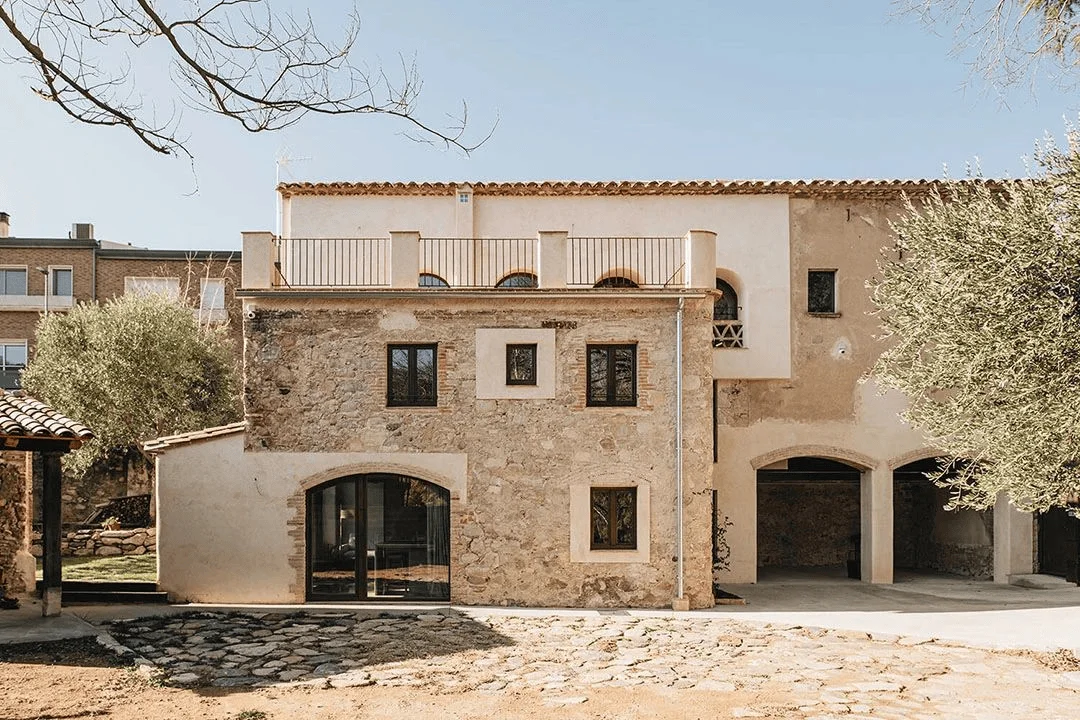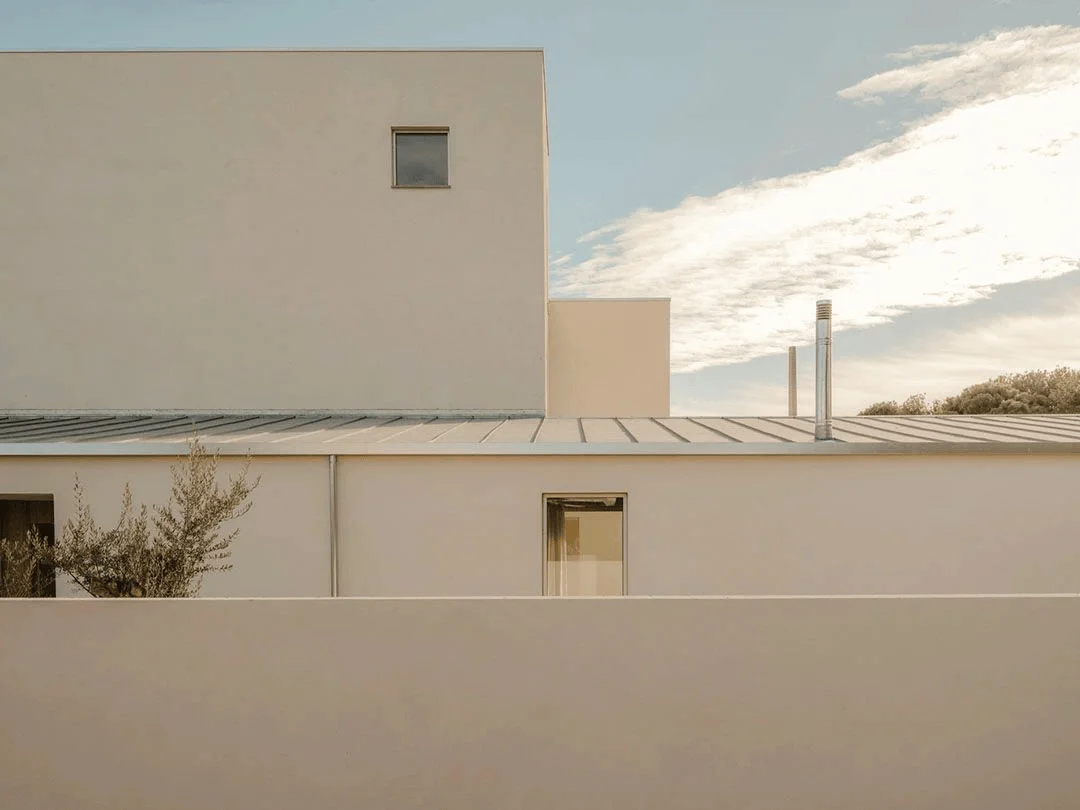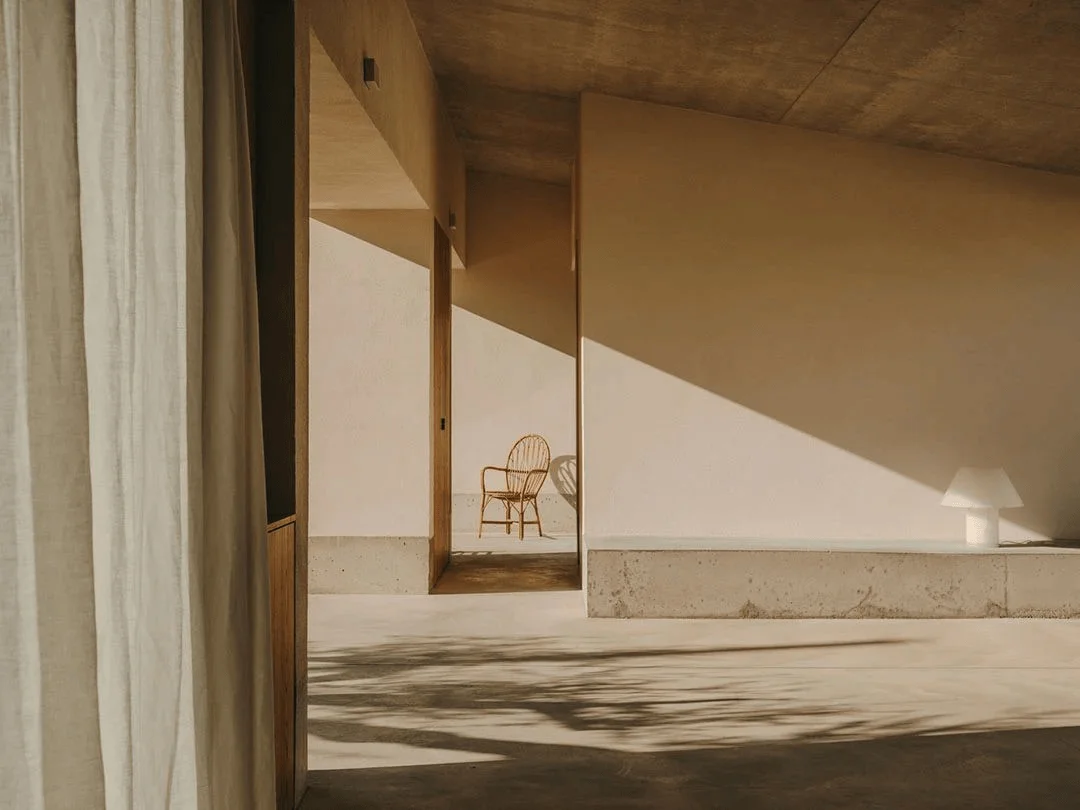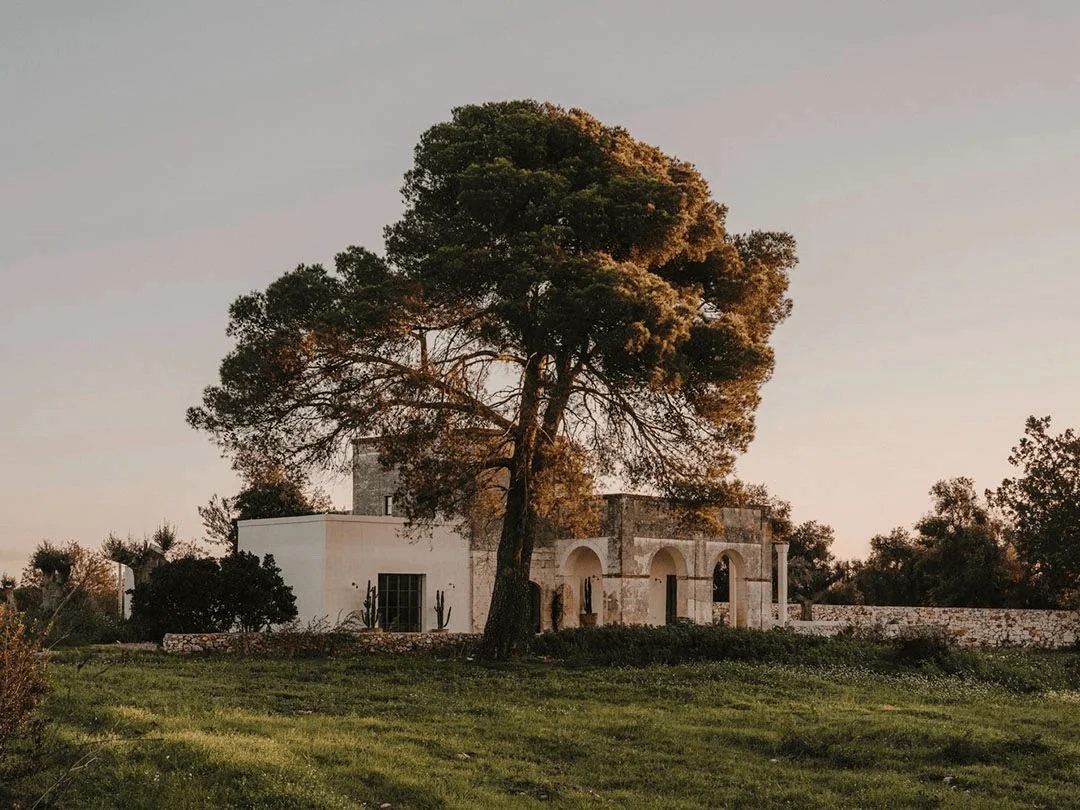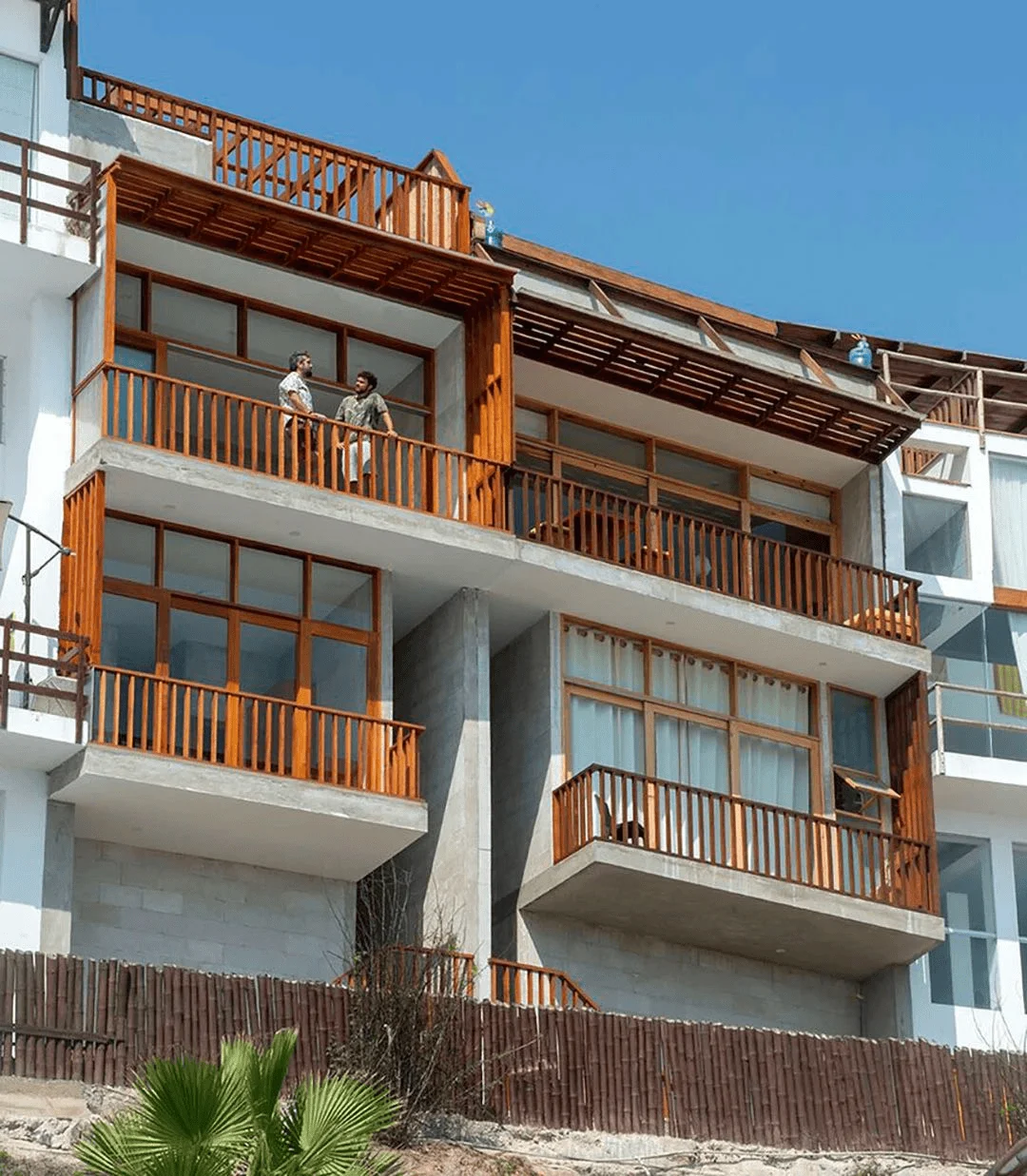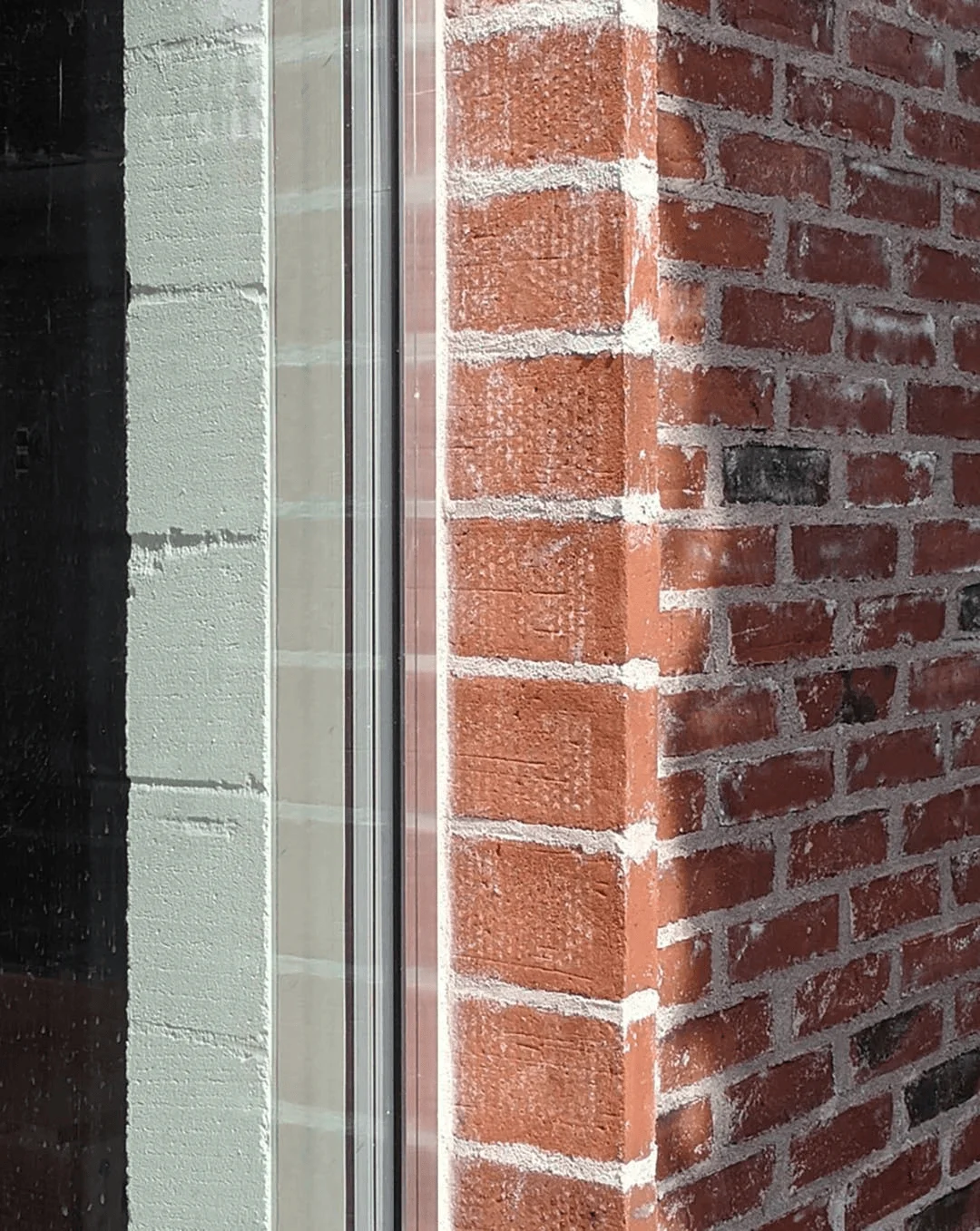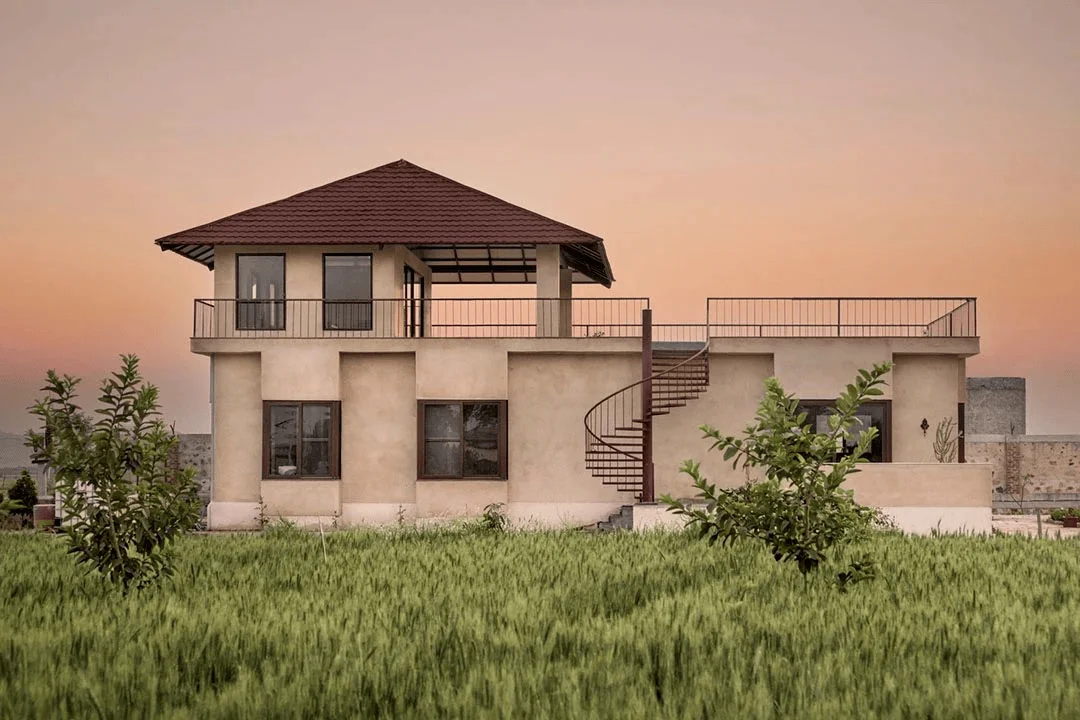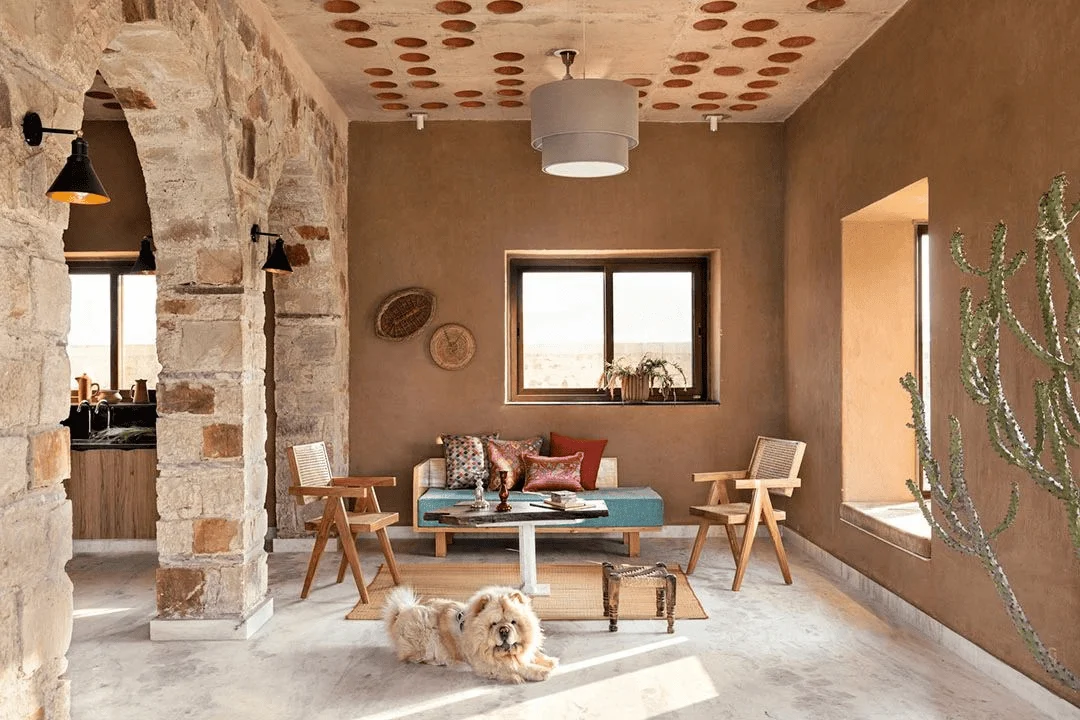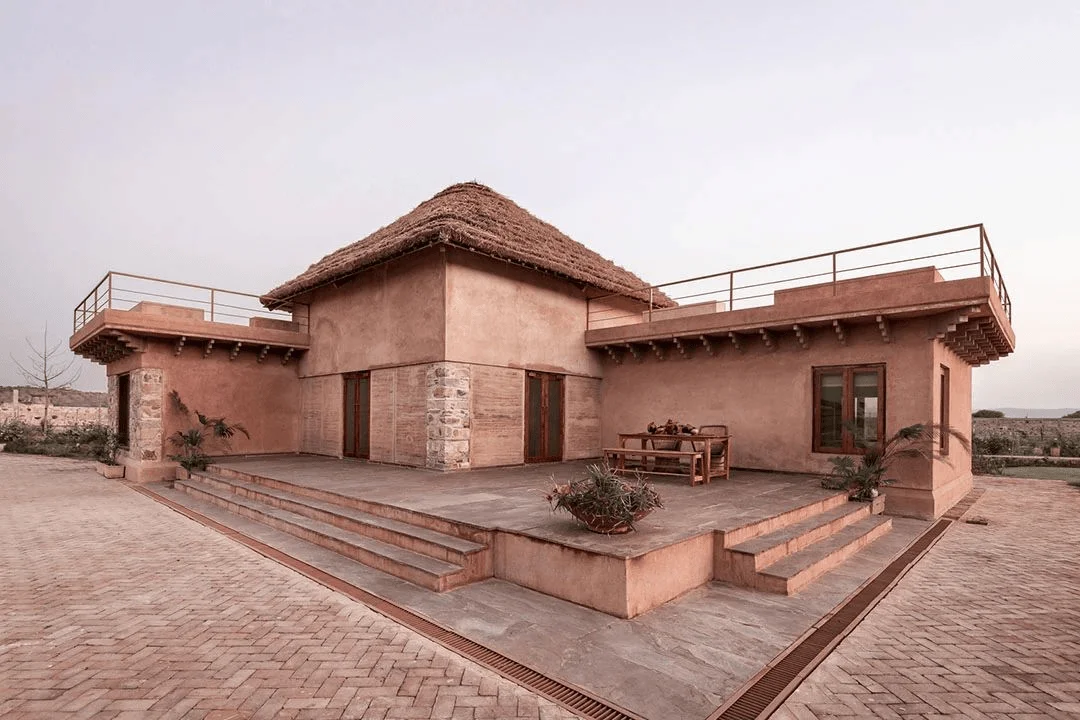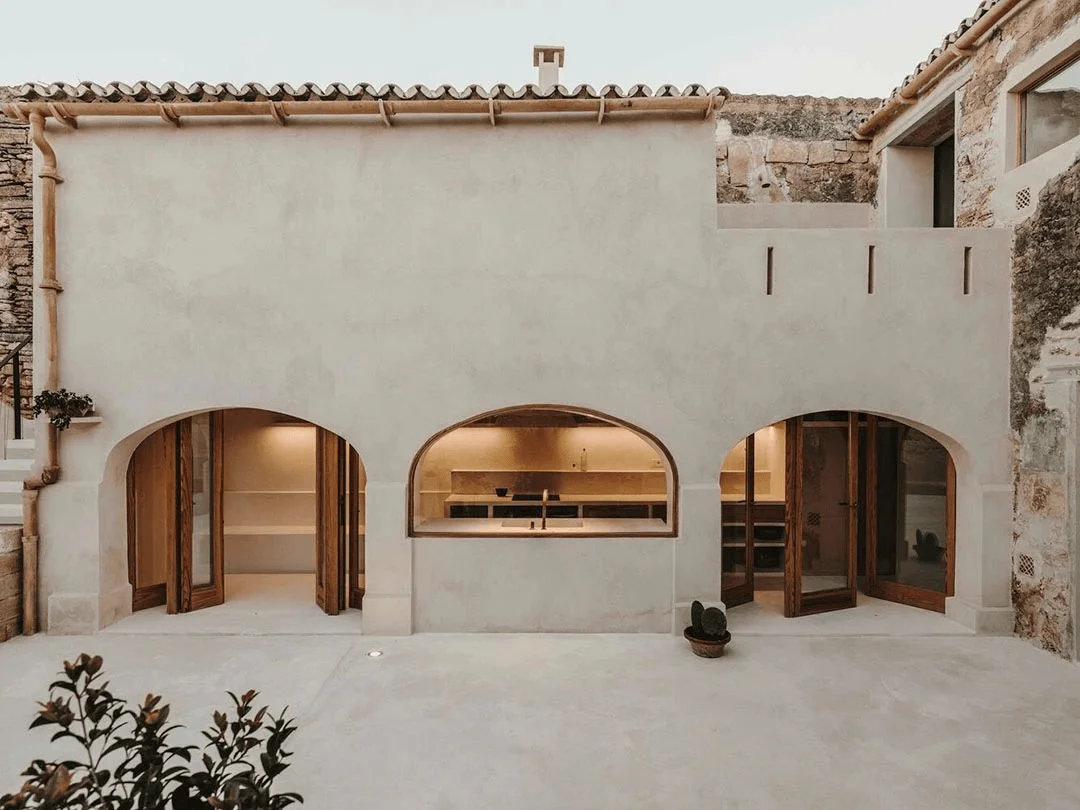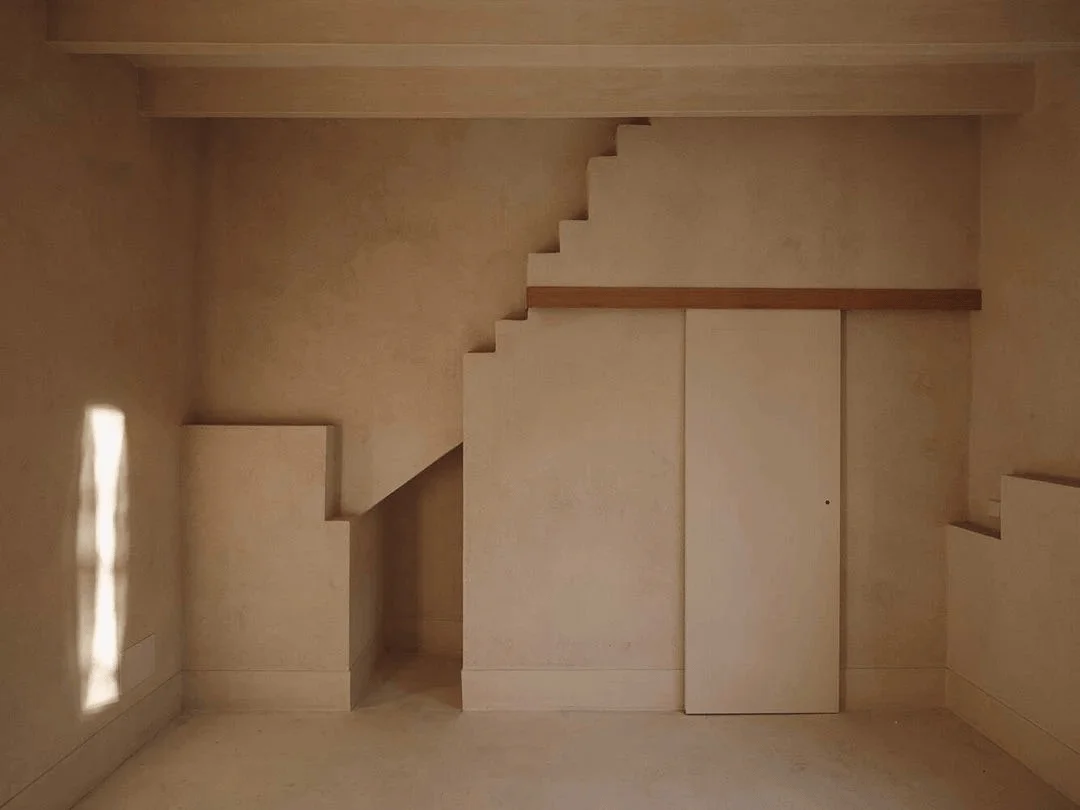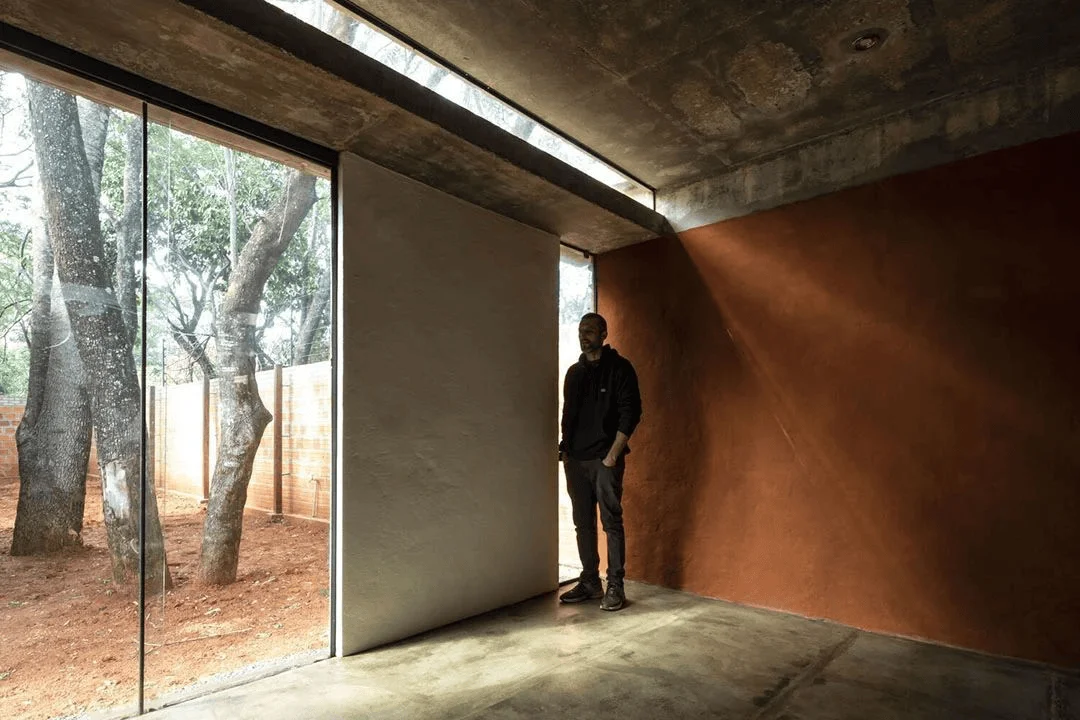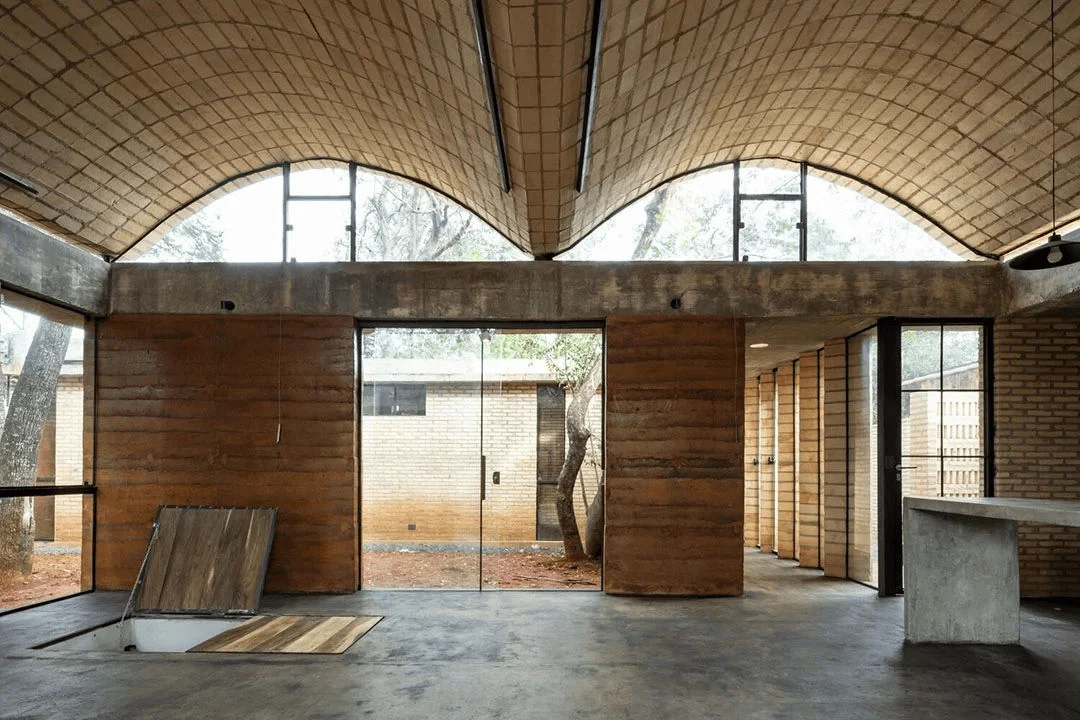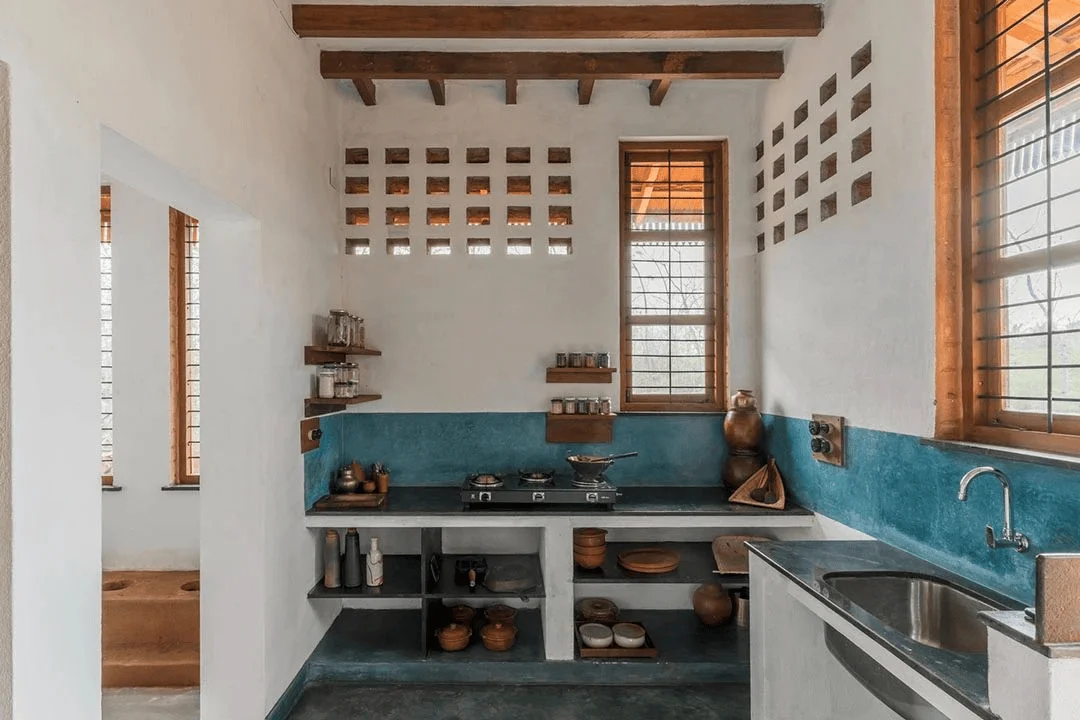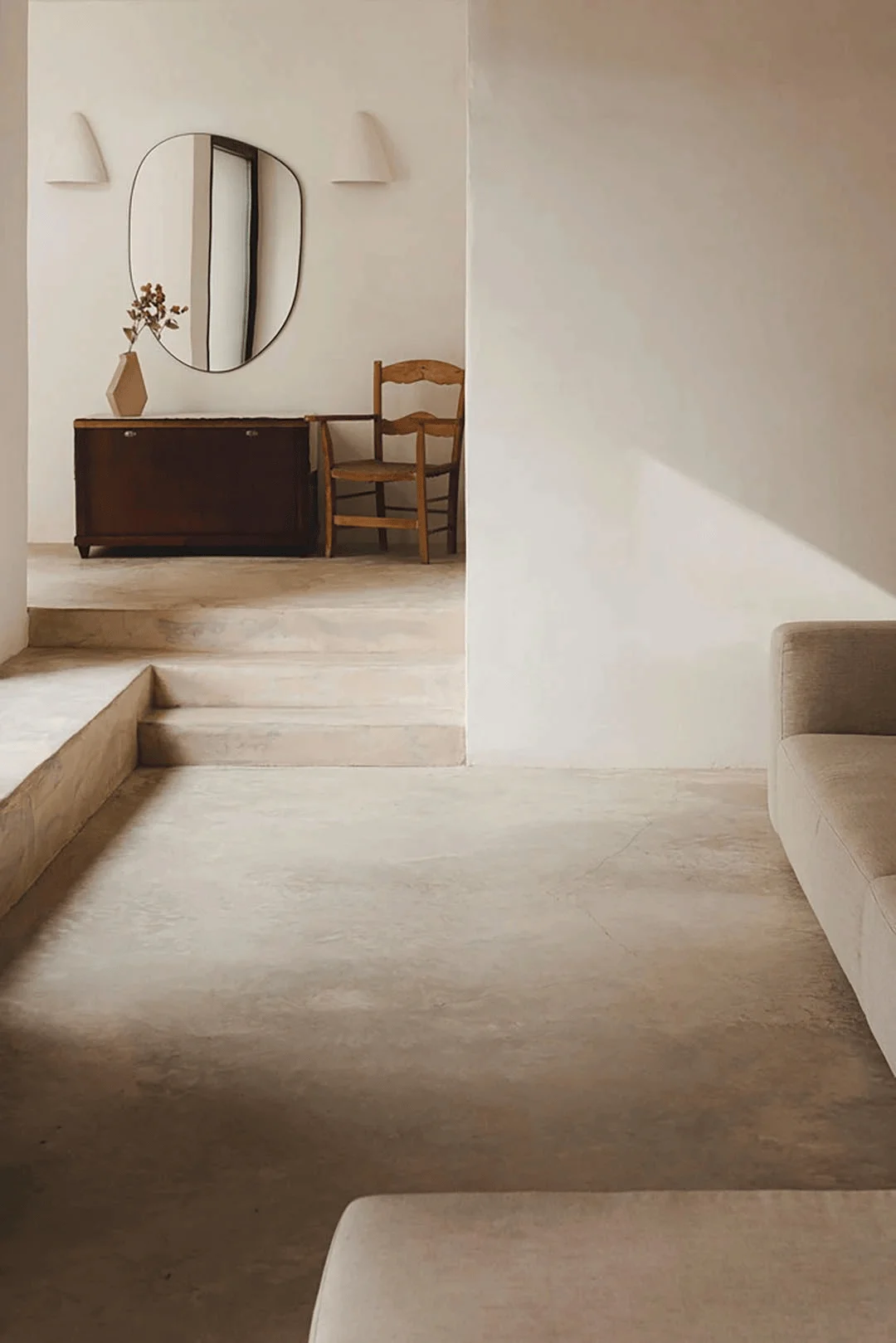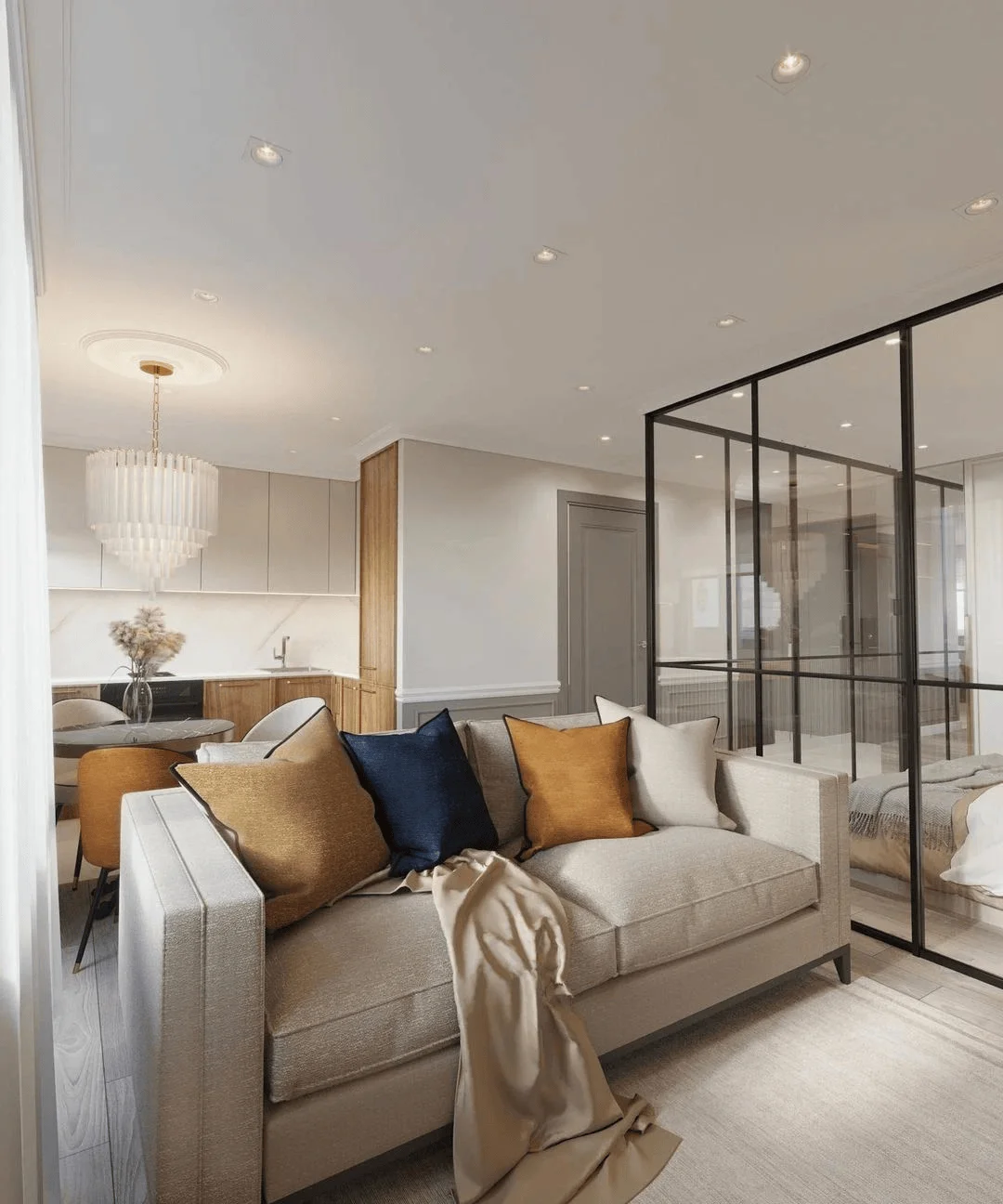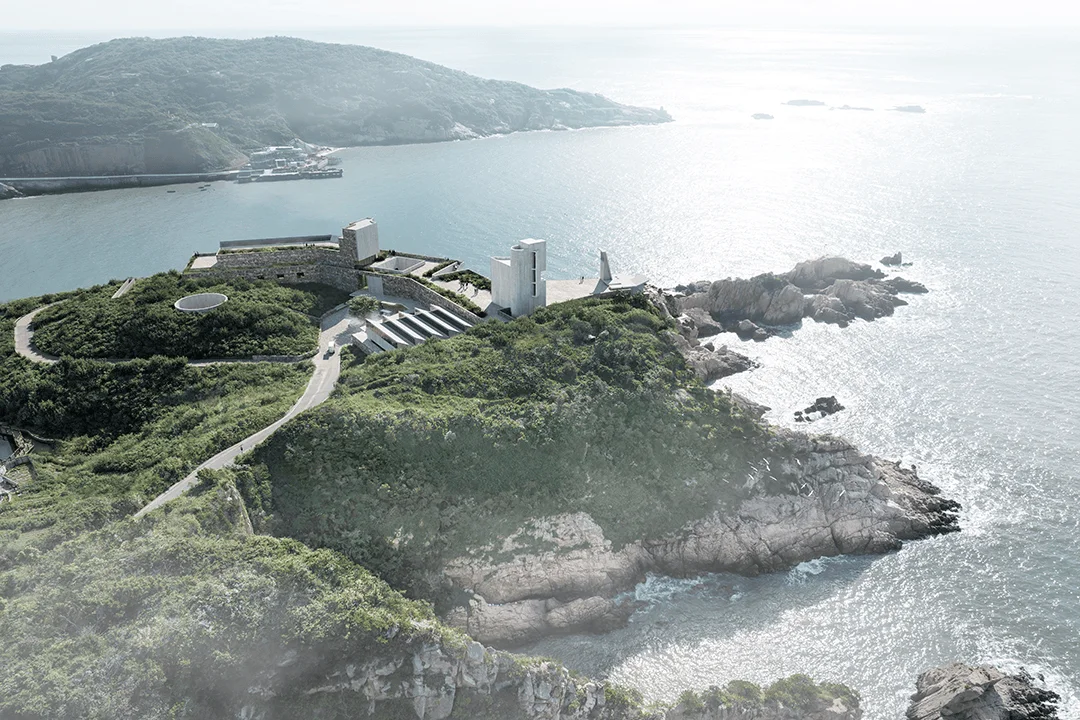Lime’s sustainable properties and aesthetic appeal are driving its resurgence in contemporary architecture, offering a versatile and eco-friendly material for various applications.
Contents
A Historical Perspective on Lime in Construction
Lime, a versatile material derived from limestone, has a rich history in construction, dating back centuries. Until the 20th century, it served as the primary binder in building projects, used in concrete, mortar, and plaster. Its ability to bond materials like bricks, blocks, and stones made it an essential component in traditional building techniques. As a sustainable building material, lime offers numerous environmental advantages, including lower energy consumption during production and reduced greenhouse gas emissions compared to Portland cement. Projects like the Grandmother House in Denmark by Philip Lütken showcase the use of lime mortar in brickwork, demonstrating its ability to create unique textures and enhance the longevity of structures. The resurgence of lime in contemporary architecture is driven by a growing awareness of its sustainability and aesthetic appeal. Lime mortar’s dynamic nature allows it to interact with the environment and adapt to structural changes, ensuring the durability and resilience of buildings over time. contemporary sustainable architecture, sustainable architectural design, lime architecture
Lime’s Sustainable Properties and Environmental Benefits
Lime’s properties, such as its breathability, high porosity, and plasticity, make it a desirable material for contemporary sustainable architecture. Its ability to prevent water penetration while allowing water vapor to pass through makes it ideal for creating healthy indoor environments. Lime’s porosity enhances the thermal insulation and soundproofing capabilities of buildings, reducing energy consumption and promoting occupant comfort. Furthermore, lime’s antimicrobial properties inhibit the growth of mold and bacteria, contributing to a healthier living environment. Projects like the Calx Sustainable Houses in Peru by Pezestudio demonstrate the potential of lime in creating eco-friendly and energy-efficient housing solutions. The use of reinforced lime blocks for structural components and simplified wall systems optimizes construction processes and minimizes environmental impact. contemporary sustainable architecture, lime architecture, sustainable architectural design
Lime in Interior and Exterior Applications: Enhancing Aesthetics and Functionality
Lime’s versatility extends beyond its structural applications, offering a wide range of possibilities for both interior and exterior finishes. When mixed with plaster, lime slows down the setting time, ensuring a smooth and polished surface while reducing the risk of cracking. Lime-based plasters, paints, and renders create aesthetically pleasing and breathable surfaces, enhancing the beauty and durability of walls and ceilings. In projects like the Natural House in Mallorca by Ideo arquitectura, lime is used extensively in interior spaces, creating a seamless aesthetic across floors, walls, and ceilings. Similarly, the Casolare Scarani House in Italy by Studio Andrew Trotter showcases the use of lime plaster in interior applications, demonstrating its ability to create a sense of warmth and natural beauty. Lime’s adaptability and aesthetic appeal make it a popular choice for contemporary sustainable architecture, allowing architects to achieve both functionality and visual harmony in their designs. contemporary sustainable architecture, sustainable architectural design, lime architecture
The Economic and Social Impact of Lime Production
Lime production offers economic and social benefits, particularly in regions with abundant limestone resources. Its production does not require significant capital investment or specialized technology, making it accessible to local communities. Small-scale lime production can stimulate local industries, reduce transportation costs, and create employment opportunities. Projects like the Mud House in India by Sketch Design Studio highlight the use of locally sourced lime and traditional construction techniques. The walls of the Mud House are built using rammed earth mixed with lime and natural binders, showcasing the potential of lime in creating affordable and sustainable housing solutions. The use of lime also promotes the preservation of traditional building crafts and knowledge, contributing to the cultural heritage of communities. contemporary sustainable architecture, lime architecture, sustainable architectural design
The Future of Lime in Architecture: Innovations and Sustainability
The future of lime in architecture looks promising, with ongoing research and development exploring new applications and innovations. Lime’s potential in creating sustainable and resilient buildings is increasingly recognized by architects and designers worldwide. From historical preservation projects to contemporary sustainable architecture, lime is being reimagined and utilized in various ways to enhance the aesthetic, functional, and environmental performance of buildings. Projects like the Tatakua House in Latin America and the Can Bau House in Europe demonstrate the versatility of lime in creating unique and sustainable designs. As the construction industry continues to embrace sustainable practices, lime is poised to play a significant role in shaping the future of architecture. contemporary sustainable architecture, sustainable architectural design, lime architecture
Project Information:
Project Type: Residential Buildings, Cultural Buildings, Public Buildings
Architects: Various Architects
Area: Various
Project Year: Various
Project Country: Global
Main Material: Lime
Photographer: Various


